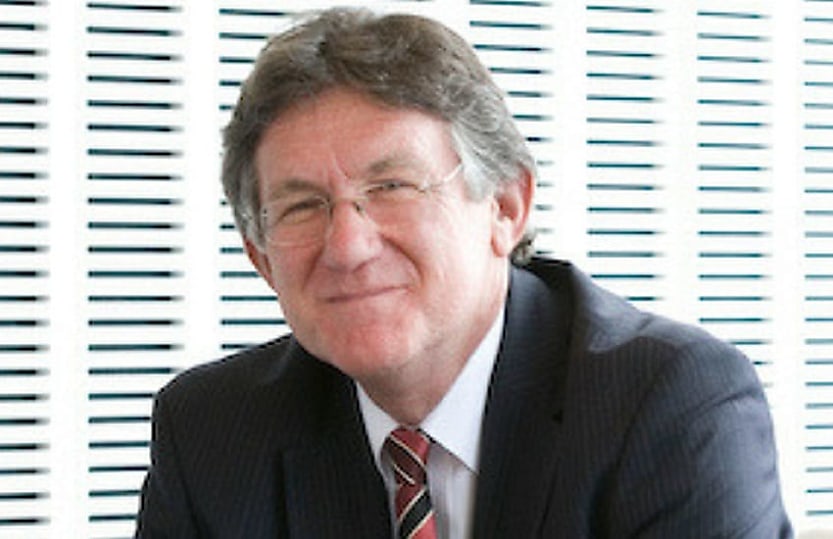Inflation risks, budget measures unlikely to delay rate cuts: NAB

The major bank still expects the Reserve Bank will cut rates later this year, despite the risk inflation may stay higher for longer.
NAB chief economist Alan Oster said there has been a raft of data and policy announcements over the last month which shows mixed picture of the economy.
Measures of capacity utilisation suggest that demand is still exceeding supply, said Oster.
“The labour market remains tight with employers still finding it difficult to get suitably skilled labour,” said Oster.
“That said, the growth momentum in the domestic economy continues to slow.”
While overall business conditions remain around long run averages, the most recent figures suggest a big slowing in the employment indicator which was the weakest read since early 2022, he warned.
“There are now as many sectors showing below long run average reads, as above average reads, with the latter mainly services related,” he said.
The sectors reporting below average reads include retail, wholesale, construction and manufacturing.
Oster noted that business confidence also remains well below average and that there has been a sharp fall in forward orders.
While the CPI figures for the first quarter was slightly higher than expected, wages data was a touch lower than expected, he said.
“On balance we have revised our trimmed mean end year 2024 forecast up to 3.4 per cent from 3.2 per cent and the longer-term number (to end 2025) to 2.8 per cent (was 2.6 per cent),” said Oster.
“These numbers are very similar to the new RBA projections. While Budget measures, especially the energy subsidies, will lower the headline numbers to around 3 per cent by end 2024, their expiry will probably see slightly higher headline numbers by the end of 2025.”
The Federal Budget was also more stimulatory than expected which won’t help the RBA, said Oster.
“Overall, while not helping the RBA, I don’t think it will prevent them from cutting later in the year but wouldn’t rule out a start early next year depending on the data,” he said.
Data on the potential impact of the Budget measures has so far been mixed, he explained.
“In response to a recent NAB Survey of consumers, around 60 per cent said they would either save the cuts or use it to pay down debt,” he stated.
“It is also notable that RBA forecasts don’t see much of a kick from these measures in the second half of the year.”
Oster said the major bank still expects the RBA will begin cutting interest rate in November.
“However, we still see four cuts in 2025 bringing the cash rate to a broadly neutral 3.10 per cent by end 2025,” he said.
“This highlights an important difference to market pricing – which has the first cut in early 2025 and then only one other cut in 2025 (i.e. a terminal rate of around 3.8 per cent).
“The current pricing would see a significant increase in real rates over the next 18 months. That, in my view, is not consistent with the RBA’s dual target goals. Unemployment would loom large in that environment, despite a significant fall in actual and expected inflation.”
Oster said while there hasn’t been must change on the inflation outlook, there is still a risk that inflation stays higher for a lot longer with services inflation still strong.
All central banks and governments will be anxiously watching the flow of data over the next couple of years.
“[However], after a tough 2024, Australia will do better than most in the medium term,” he said.
Oster said the bank expects that growth will return to trend, that unemployment will remain low, the inflation rate will return to target and the cash rate will be broadly neutral.
AMP chief economist Shane Oliver said while the risks are still on the upside for interest rates, he also expects the RBA will cut rates later this year.
“The risk for interest rates in the next few meetings is still skewed to the upside, particularly if inflation comes on the high side again,” said Oliver.
“However, with the economy weak, the labour market cooling and inflation likely to keep slowing, our base case is for the RBA to remain on hold ahead of rate cuts starting in November or December.
“We now only expect one rate cut this year (taking the cash rate to 4.1 per cent) and are allowing for two cuts next year.”
Oliver noted that the economy had slowed to a crawl and likely remains in a per capita recession.
“Real retail sales fell again in the March quarter and are down 5 of the last 6 quarters with per capita retail sales down 7 consecutive quarters,” he added.
He also noted that real consumer spending is flat to negative on a year ago.
“While the stage 3 tax cuts are worth $1929 a year for those on average earnings, this only offsets a very small portion of the extra $15,000 or so a household with an average mortgage is paying each year so it’s hard to see it causing a big rise in spending,” he said.






